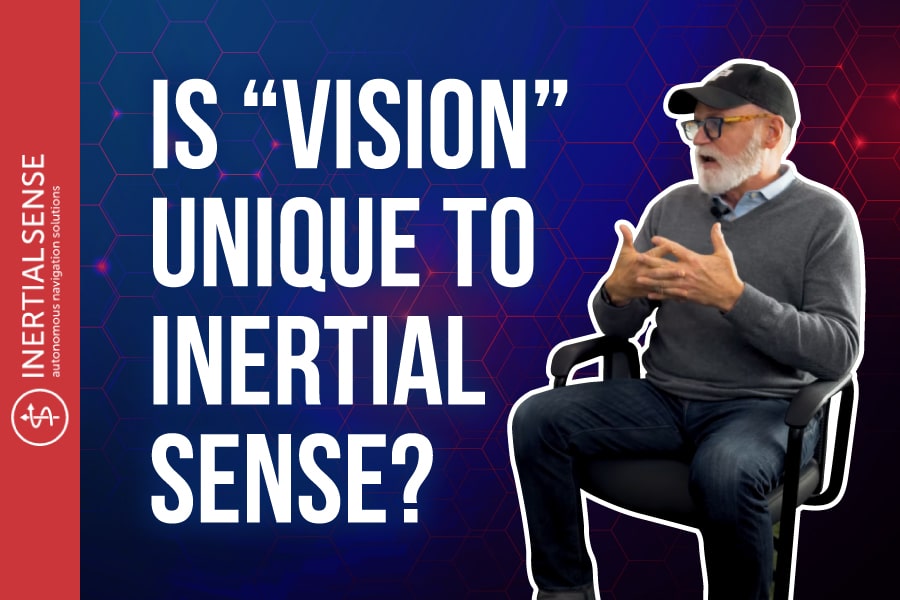
Is “Vision” Unique To Inertial Sense?
“You’ve decided to take your autonomous business to the next level. Now what? Watch the video below as Tom and Brett talk about what makes Inertial Sense unique to the industry. They also discuss electrification and autonomy and answer the question, “is “vision” unique to Inertial Sense?”
One specific market that Inertial Sense plays a vital role in is commercial groundskeeping. Our autonomous robotics platform is adaptable to just about any commercial, groundskeeping robotics fleet imaginable. The LUNA platform is an intricate system involving electrification and autonomy. It’s the perfect combination for most commercial groundskeeping robotics builds.
What is electrification and how can it help my autonomous aspirations? Give us a call today so we can not only share our knowledge about this trend but educate you on all the software and hardware that we offer to help elevate your business.
Learn More:
Robotic Autonomy As-A-Service for Legacy Manufactures of Workhorse Robotic Vehicles
Autonomous Navigation Use Cases For Outdoor Agricultural and Groundskeeping
Autonomous Navigation For Groundskeeping Markets
Video Transcript
Is “Vision” Unique to Inertial Sense?
So you mentioned vision when talking about autonomous navigation. Is that something unique to us or how are we really adding value there versus just plain inertial navigation?
Sure. Well, let’s first of all, let’s back up and look at the market at a large scale. When I say workhorse robotic vehicles, I mean things like industrial landscaping vehicles, construction vehicles, things like that that might carry a human being now but aren’t going on the road or in some cases, where they’ve got you know, heavy regulatory issues and safety issues like a self-driving car.
One of the markets that we’re targeting is the commercial groundskeeping market. They have two things driving their success in the next five years, electrification and autonomy. Electrification as a more efficient way of having their vehicles move and then produce less pollution, and autonomy as driving labor savings for their customers.
So both of these issues are critical issues in their boardroom, in their executive suite, and across all of their product lines. Go electric and go autonomous.
Has that been a trend in the industries right now, the electrification, are a lot of manufacturers going that way?
Absolutely. Electrification is a really strong trend and I would again, I would argue that these things are very tightly joined. Once you make a vehicle electronic, it’s a lot easier to make it autonomous than it is a gas-powered vehicle. So inherently, that challenge goes hand-in-hand and that’s the way most of our customers are looking at it. Now, their ability to solve the electrification problem is often one of acquisition. They’ll go out and they’ll buy a battery company and solve that part of the problem, but that’s a relatively straightforward thing you know, find someone who makes, you know, battery packs and chargers and they’ve got that part of it solved.
Solving the autonomy part requires a very specific set of skill sets and skill sets that are changing every day. So doing business with a partner like us allows them to offload that heavy technical burden along with the burden of keeping current with everything that’s happening. And so that’s why it’s great to work with somebody like us.

